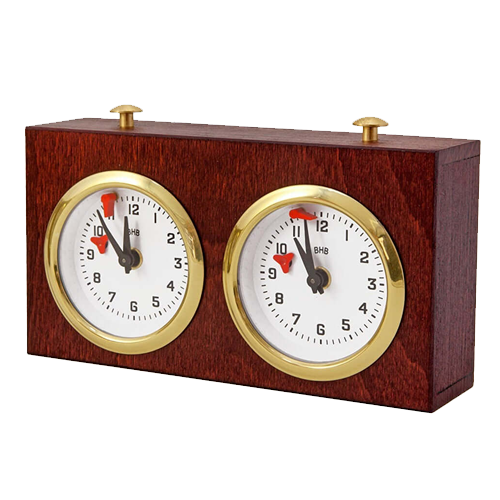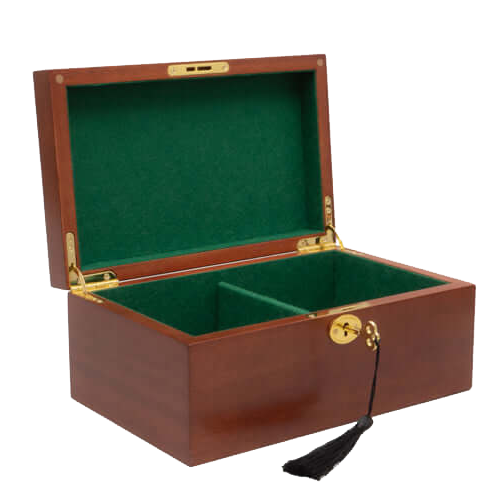How to Read a Chess Notation: A Beginner’s Guide
If you’ve ever watched a chess match or read a book about famous games, you’ve likely come across cryptic-looking codes like Nf3, e4, or Qxe5. To the untrained eye, it can look like a mix of letters and numbers, but this system, known as chess notation, is a simple and logical way to record and communicate chess moves.
In this guide, we’ll walk you through the basics of algebraic chess notation, the most common format used worldwide today.
What Is Chess Notation?
Chess notation is a written system that records the moves of a game. Think of it as the “language” of chess. It lets players analyse past games, share strategies, and study famous matches. Once you learn to read notation, you can follow along with world-class players or even write your own games down to improve your skills.
The Chessboard Coordinates
First, picture your chessboard as a grid:
-
The vertical columns are labelled a through h (left to right from White’s perspective).
-
The horizontal rows (called ranks) are numbered 1 to 8 (bottom to top from White’s side).
So each square has a unique name. (Some chessboards even come with notation, like our No.5 Mahogany chessboard.) For example:
-
The bottom-left square is a1.
-
The centre square is e4.
Piece Abbreviations
Each piece (except pawns) has a letter to represent it:
-
K = King
-
Q = Queen
-
R = Rook
-
B = Bishop
-
N = Knight (because K is taken by the king)
-
Pawns are not given a letter—just the square they move to.
Basic Move Examples
Let’s break down a few examples:
-
e4 = Pawn moves to e4
-
Nf3 = Knight moves to f3
-
Bb5 = Bishop moves to b5
-
Qxe5 = Queen captures a piece on e5
-
O-O = Kingside castling
-
O-O-O = Queenside castling
Captures and Special Symbols
-
x indicates a capture (e.g. Rxd4 means Rook captures on d4)
-
+ means check (e.g. Qh5+)
-
# or ++ means checkmate (e.g. Qg7#)
-
= is used in pawn promotion (e.g. e8=Q means a pawn is promoted to a Queen)
Disambiguation (When Two Pieces Can Move to the Same Square)
Sometimes, two identical pieces can move to the same square. In these cases, we specify the file or rank:
-
If two knights can go to f3, we might write Nbd2 or N1f3, depending on which one is used.
Why Learn Chess Notation?
-
Review your games: Learning notation allows you to look back at your matches to study mistakes or brilliant moves.
-
Learn from others: Most chess books and online tutorials use notation.
-
Play correspondence chess: Send games to friends or coaches in written form.
Final Tips for Beginners
-
Practice writing down your own games - it gets easier the more you do it.
-
Watch YouTube videos with notation visible to reinforce what each move looks like.
-
Don’t worry about getting it perfect at first. Like any language, fluency comes with practice.
Conclusion
Understanding chess notation opens up a whole new world of learning and communication. Whether you’re hoping to analyse grandmaster games or simply record your own matches for fun, it’s a skill every chess player should have in their toolkit.
And now that you’ve got the basics, why not try reading the moves of your favourite player’s best match?




Leave a comment